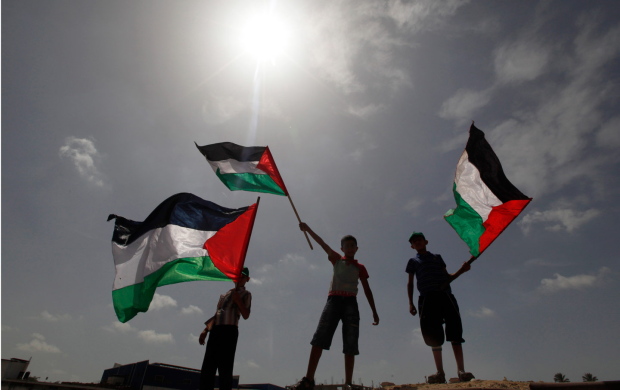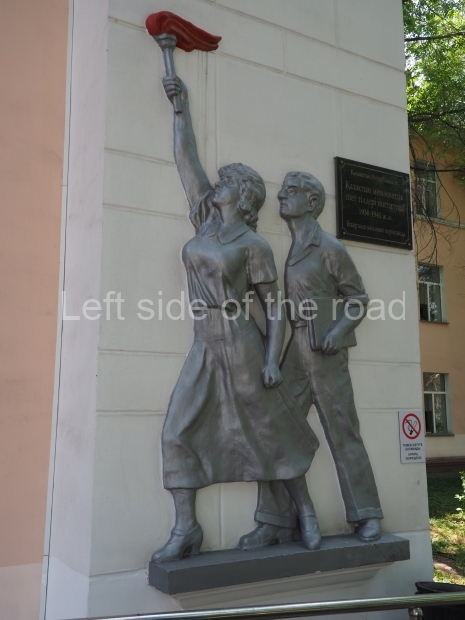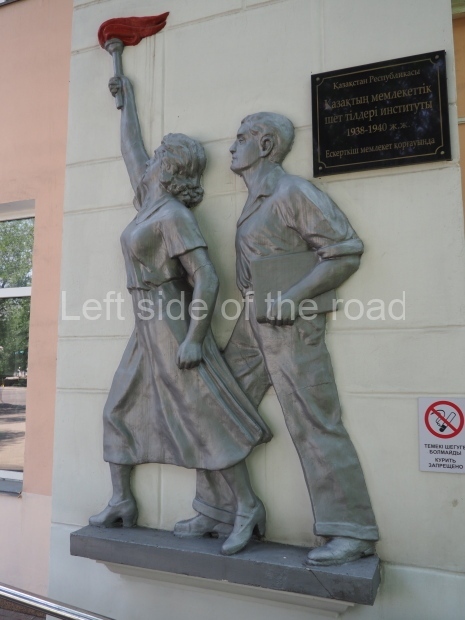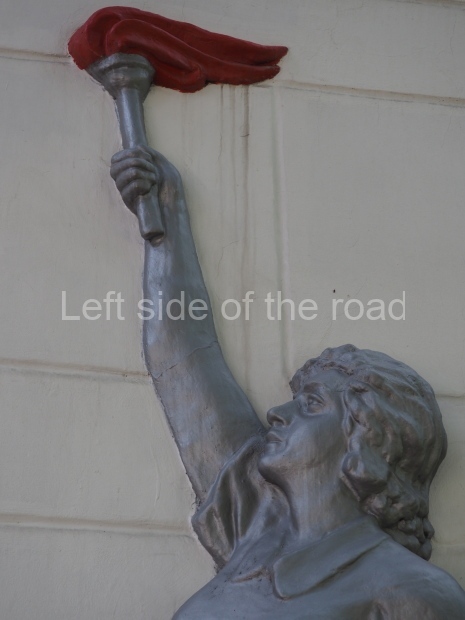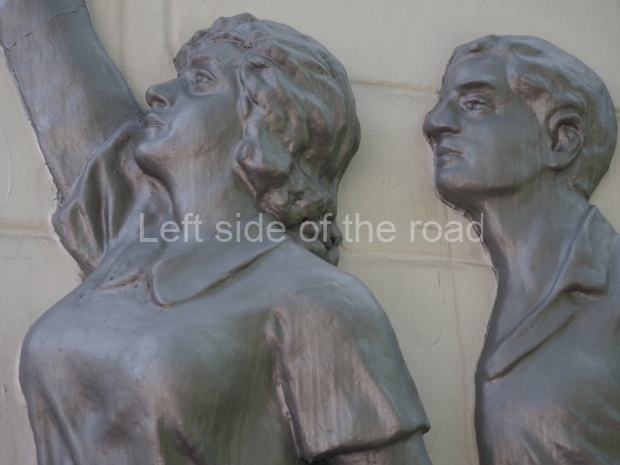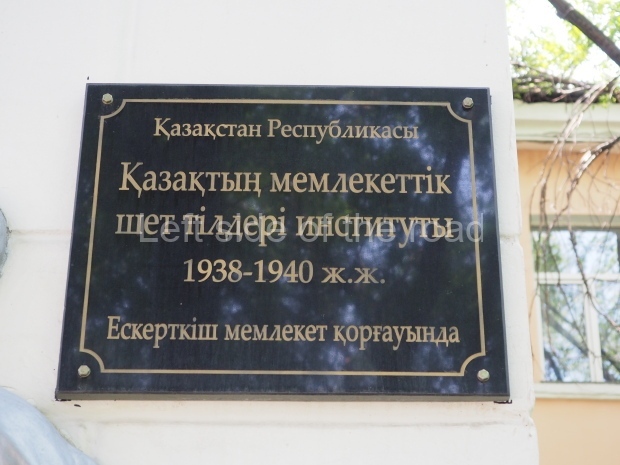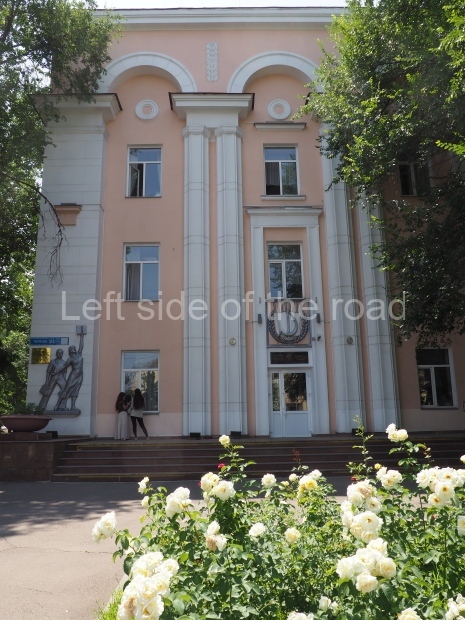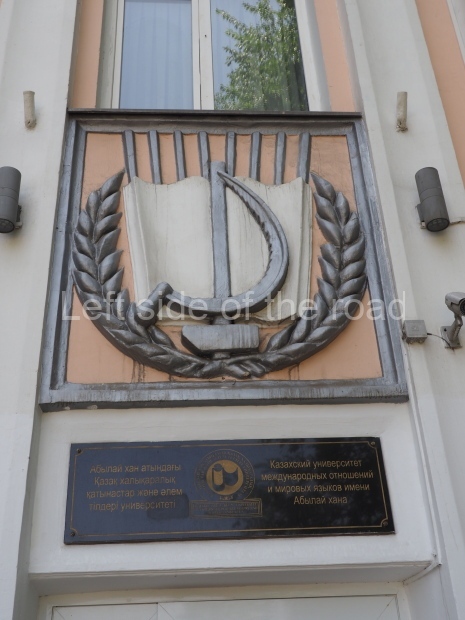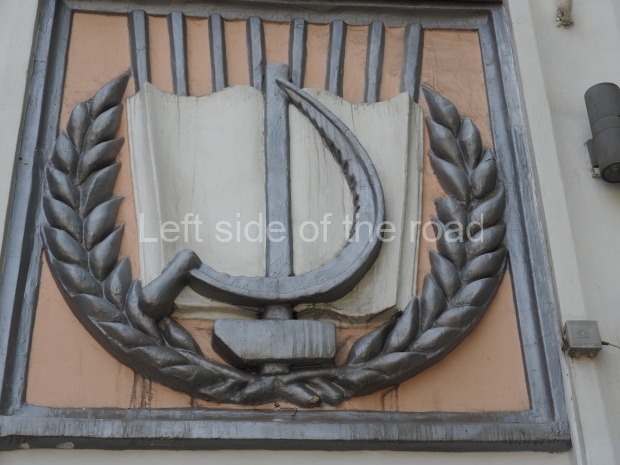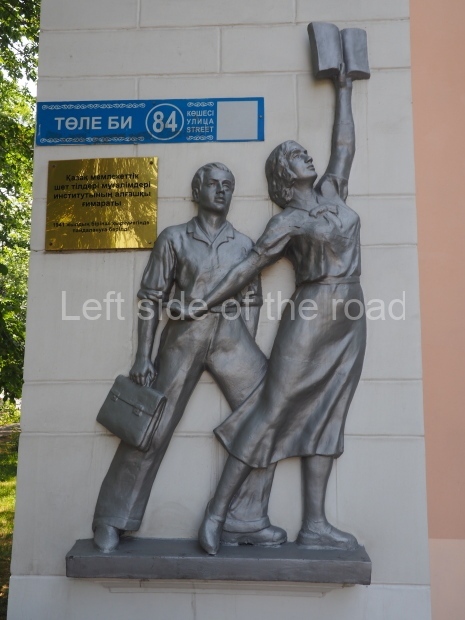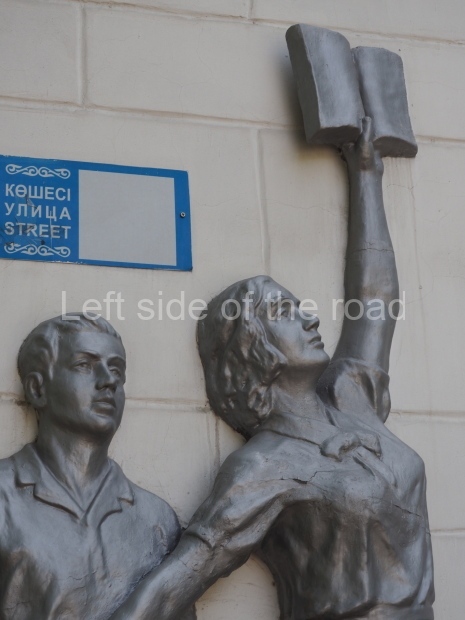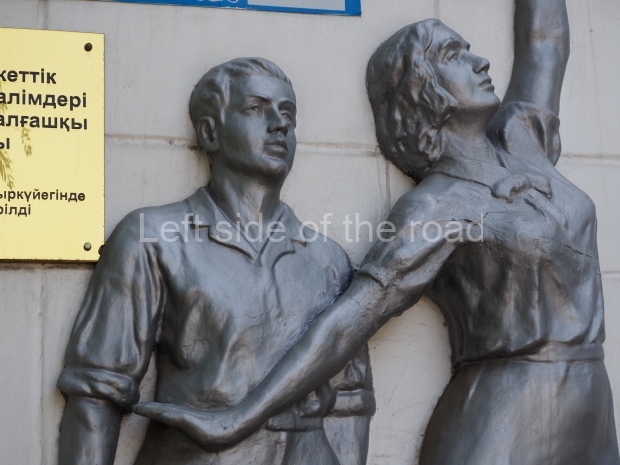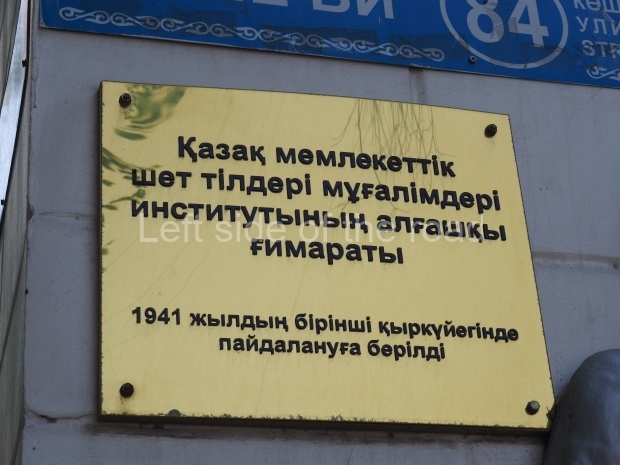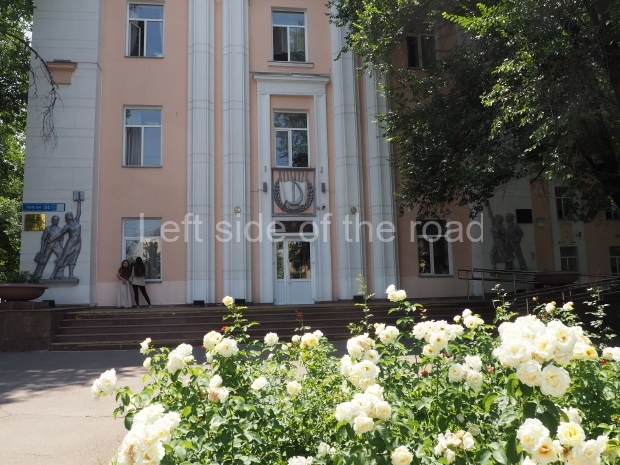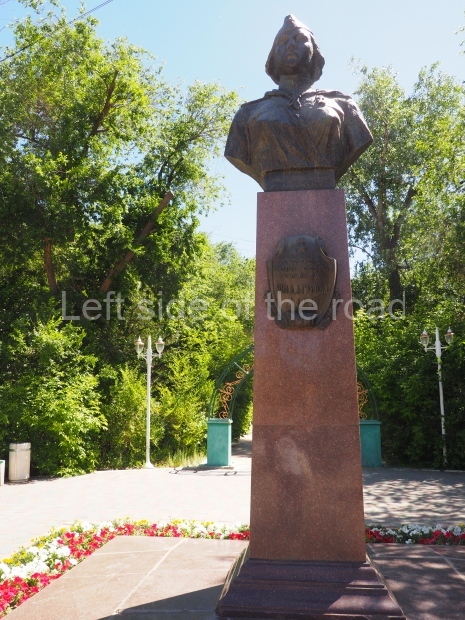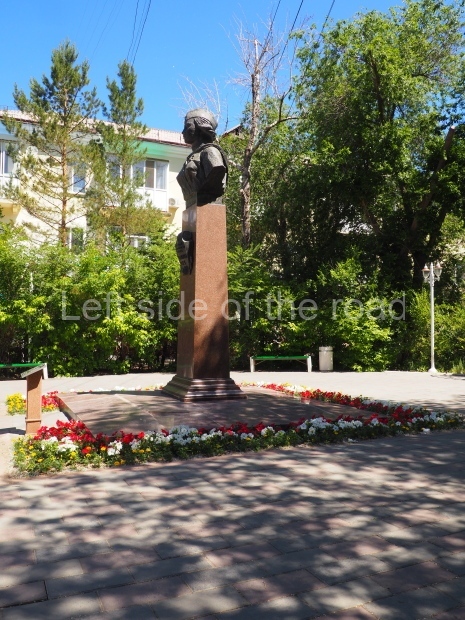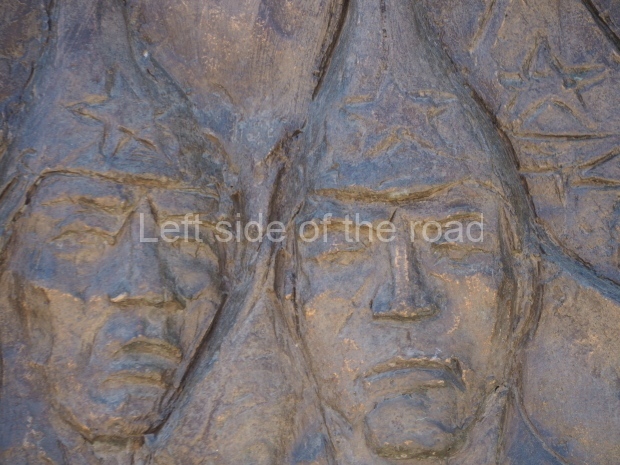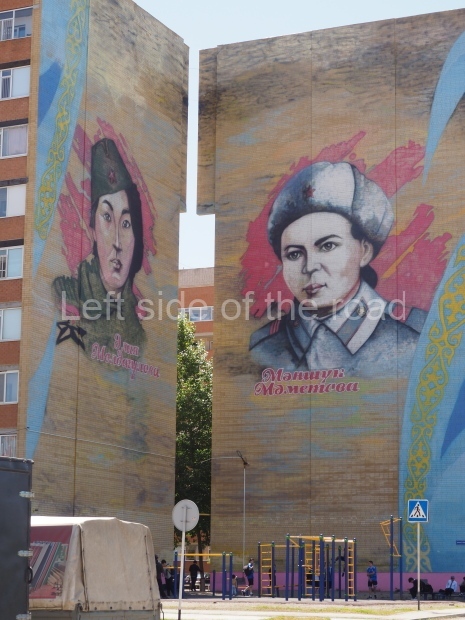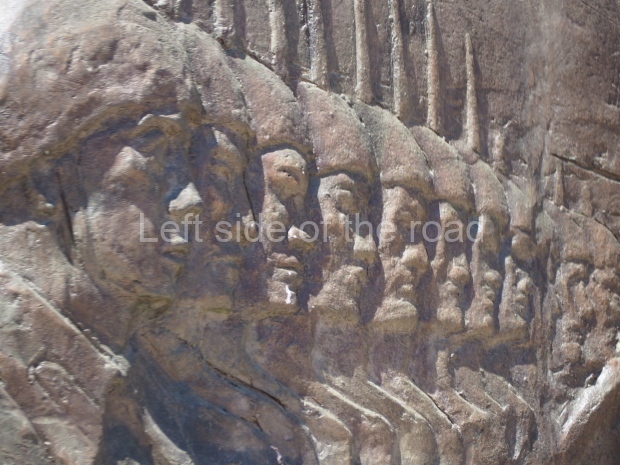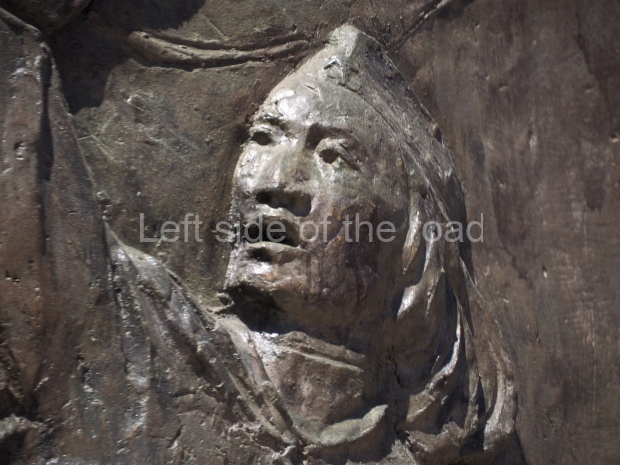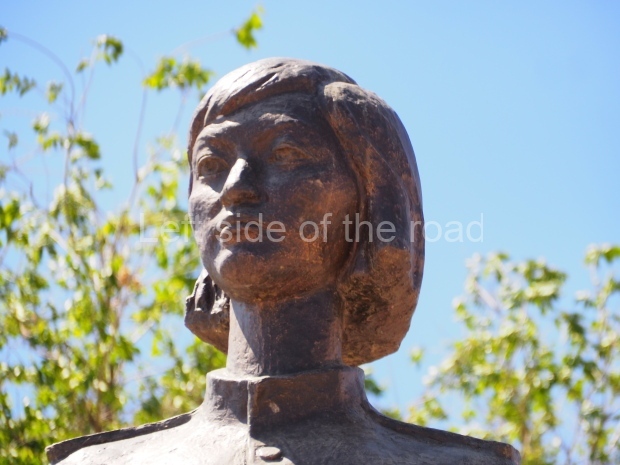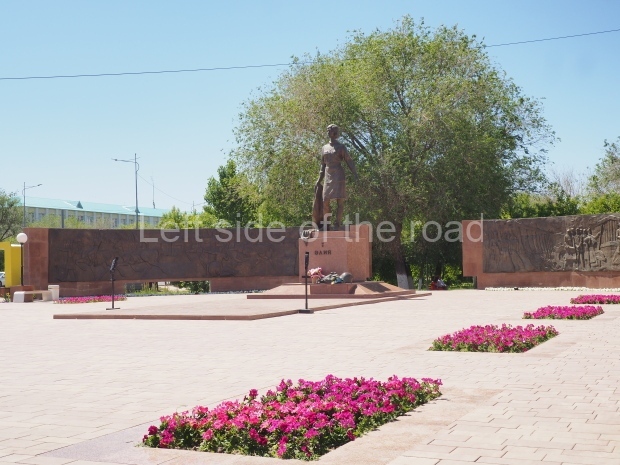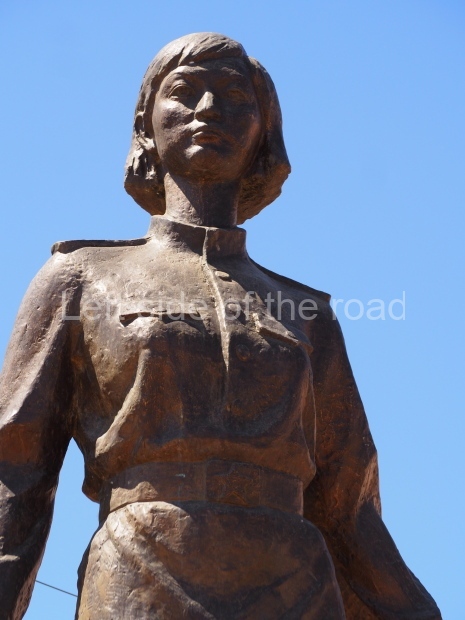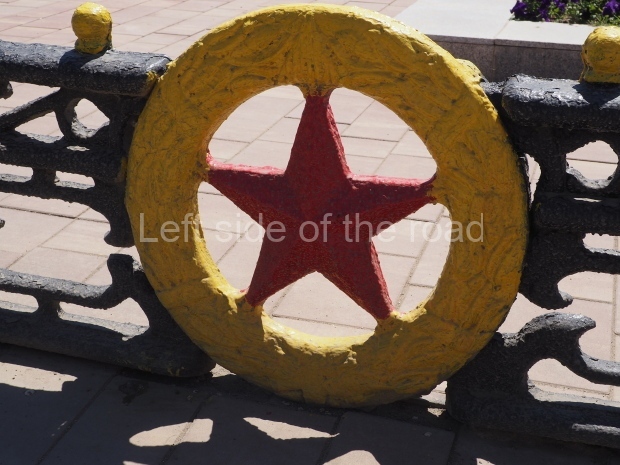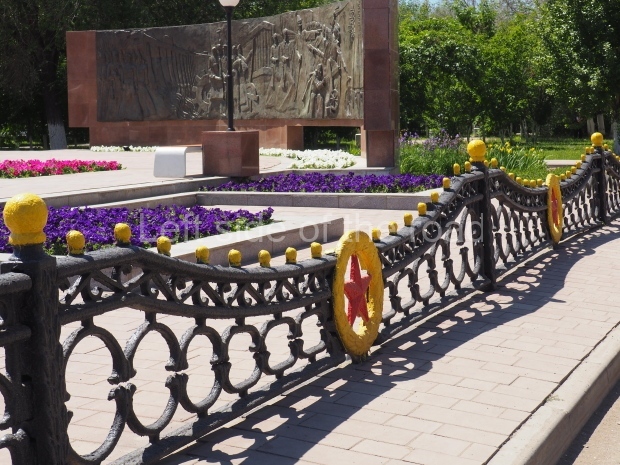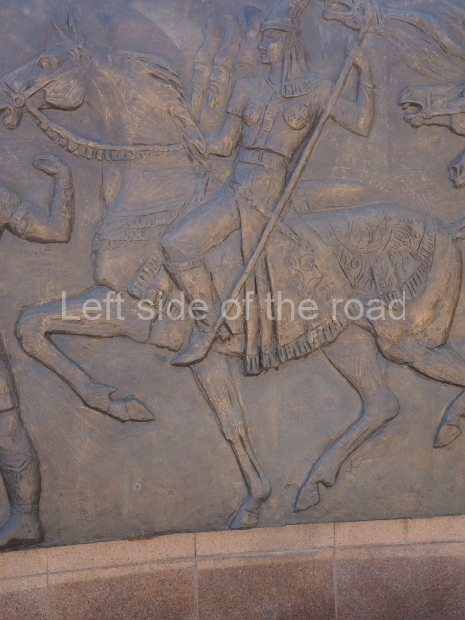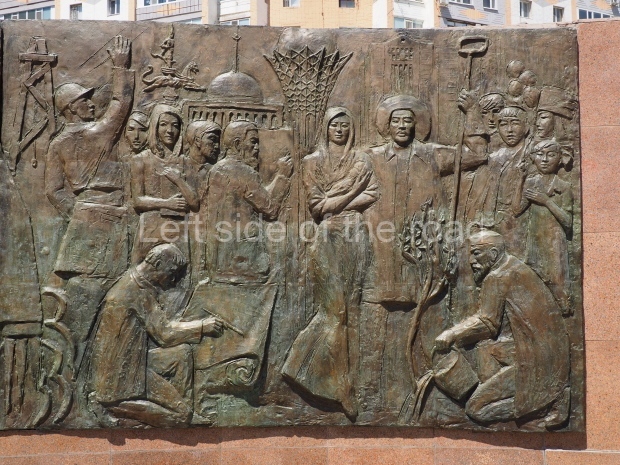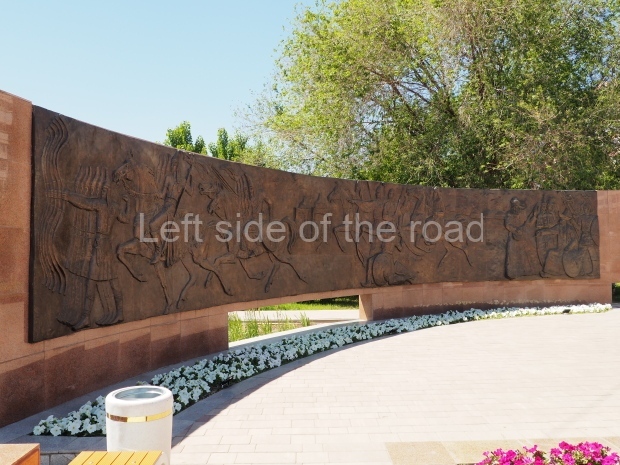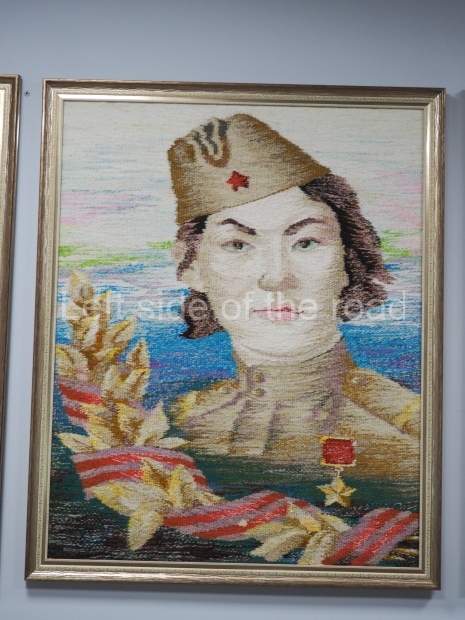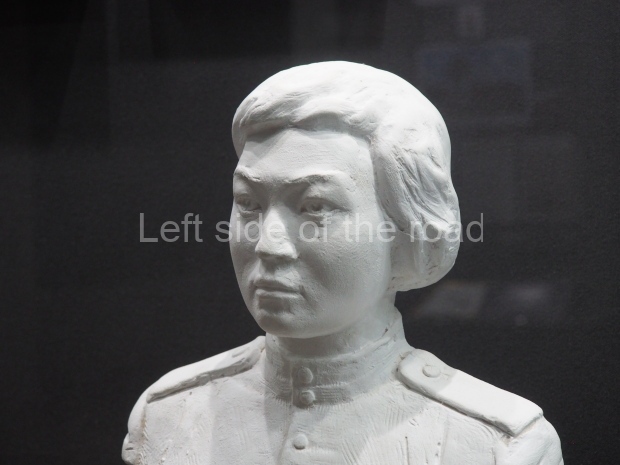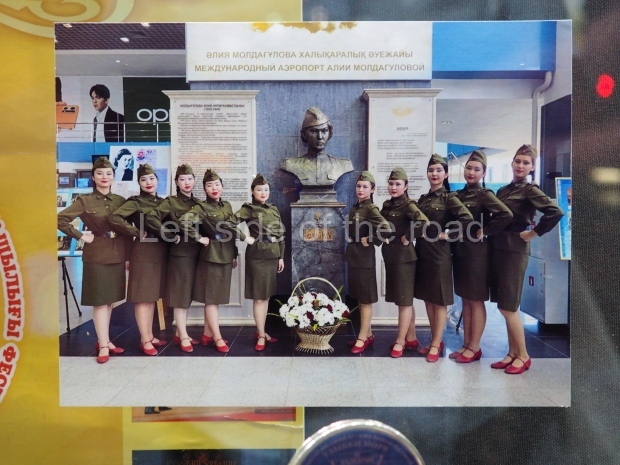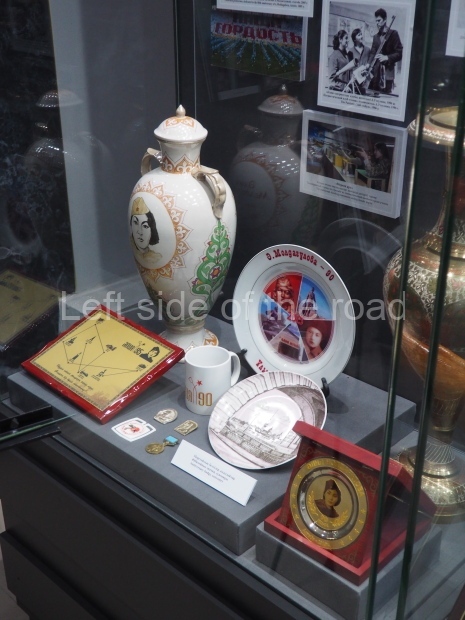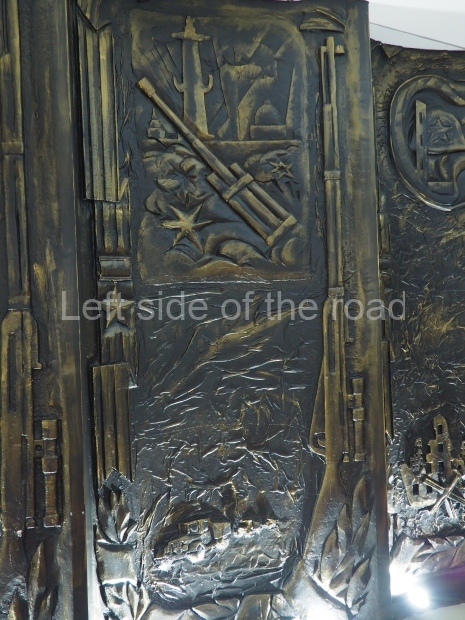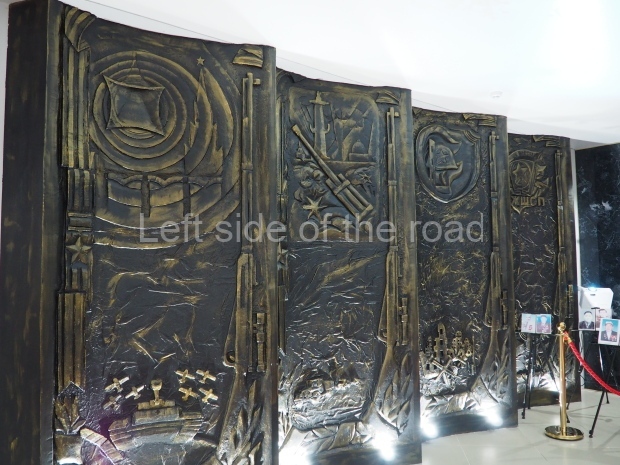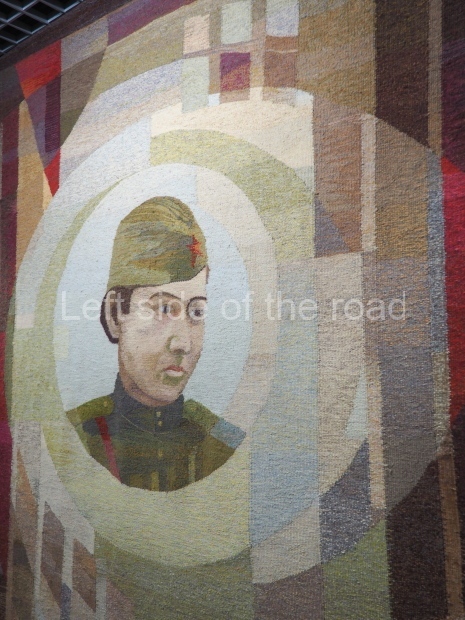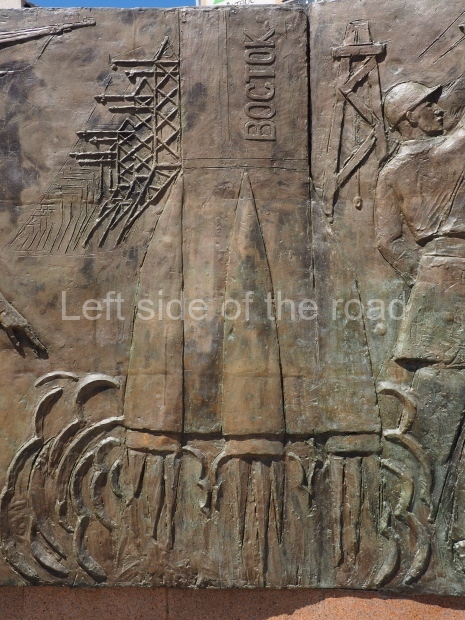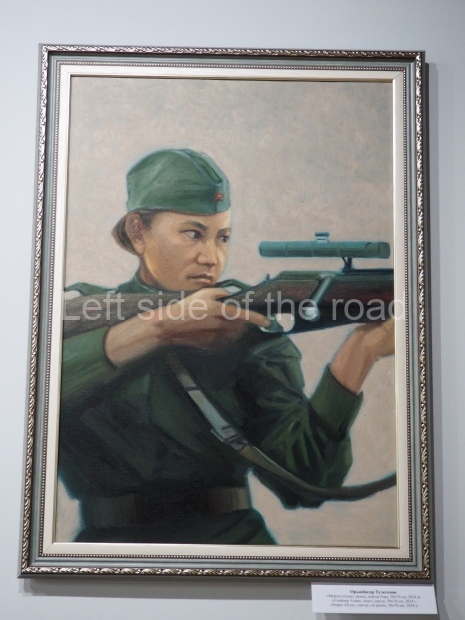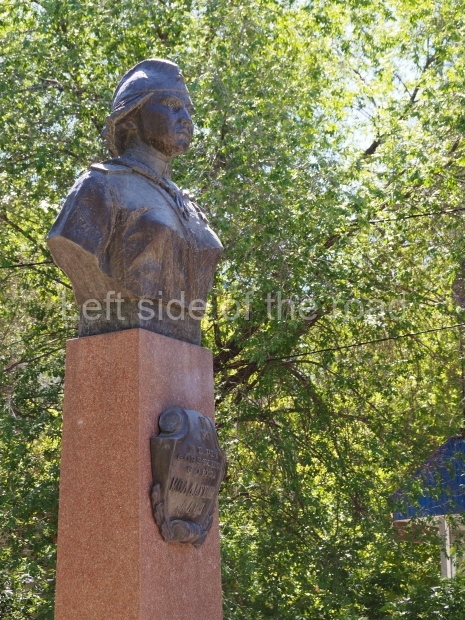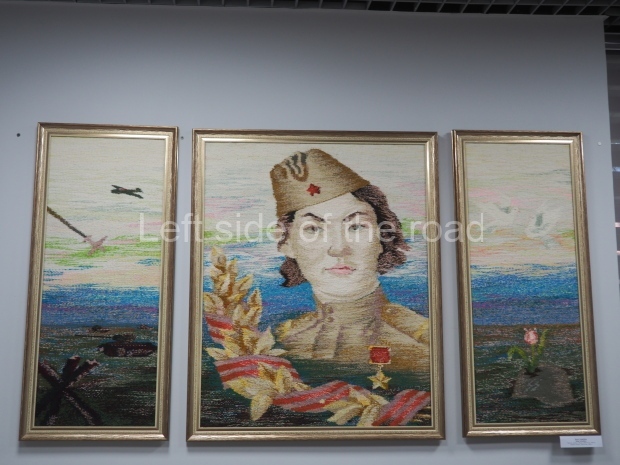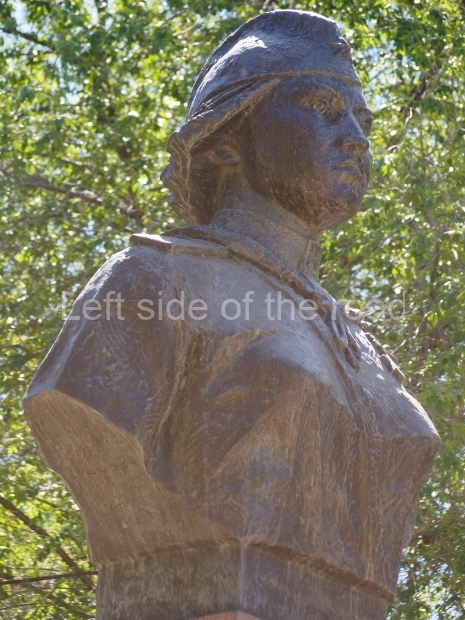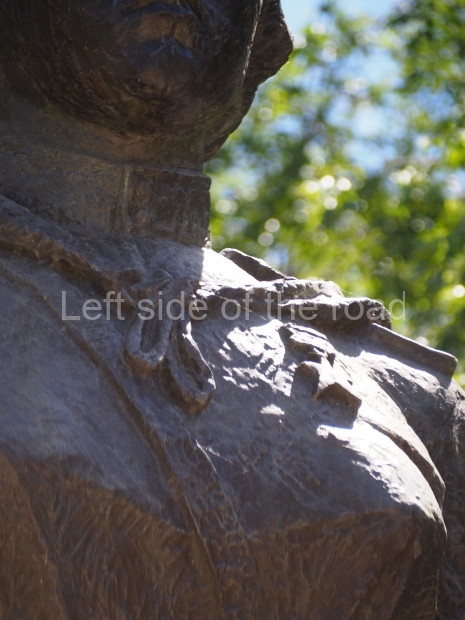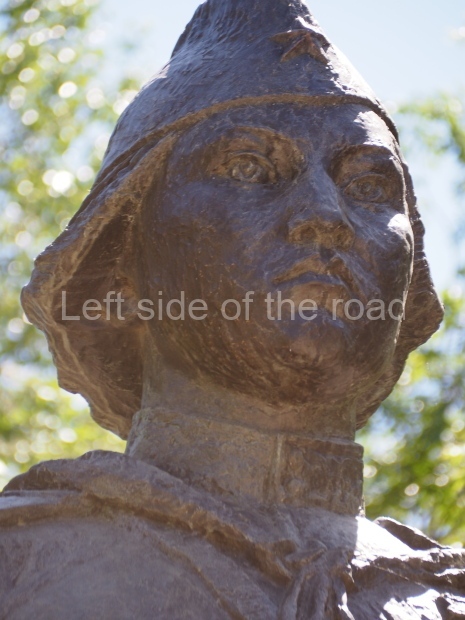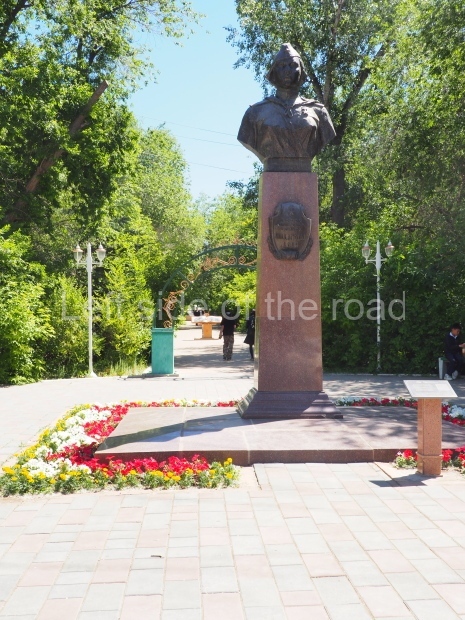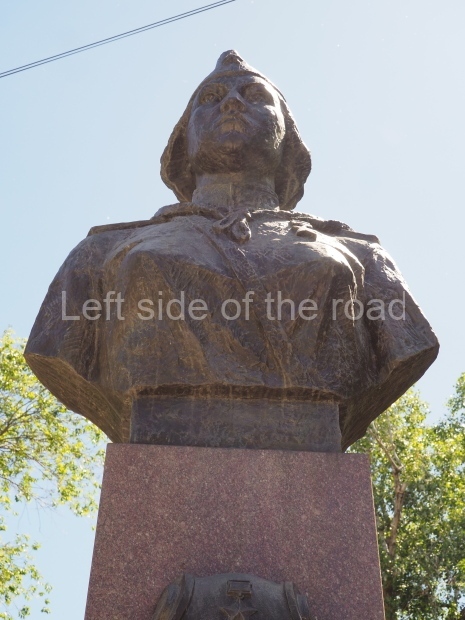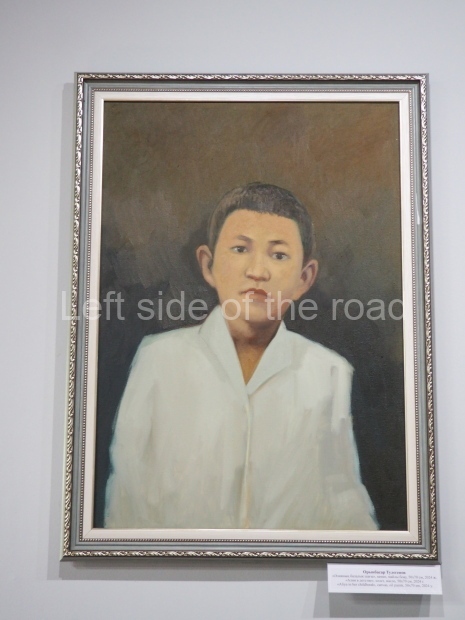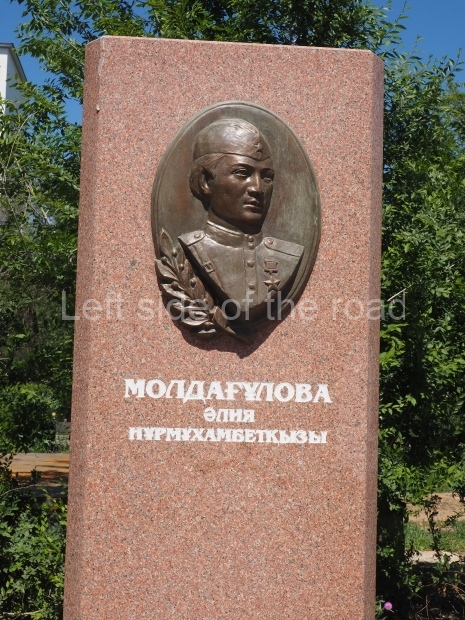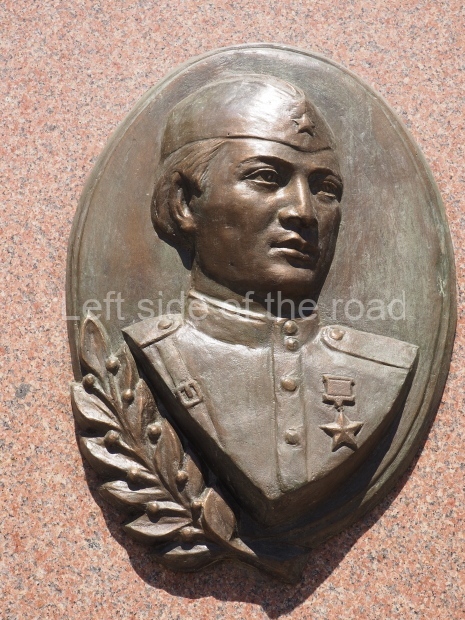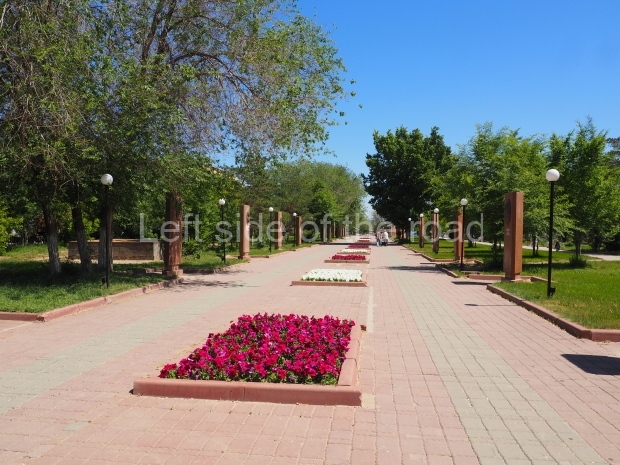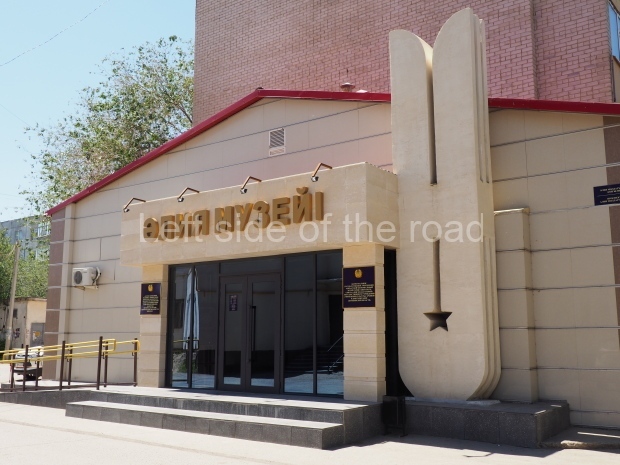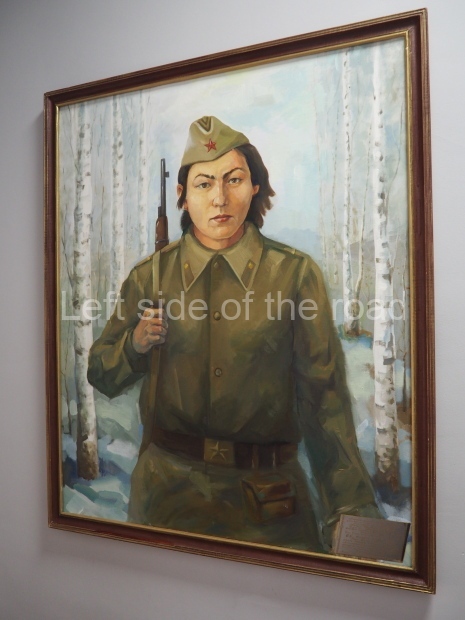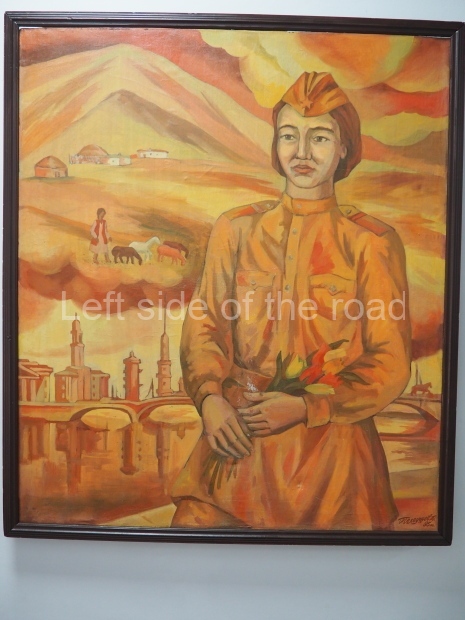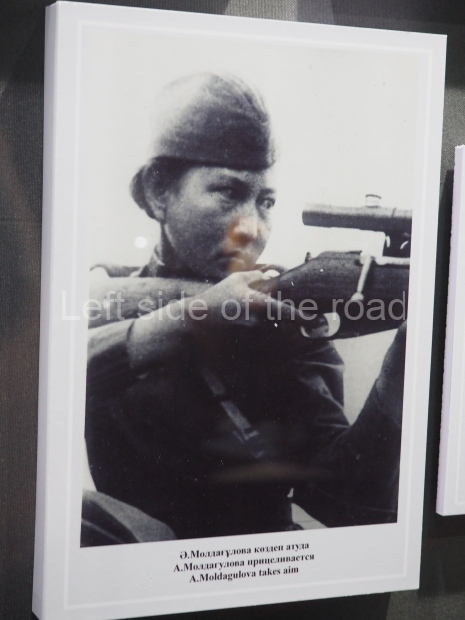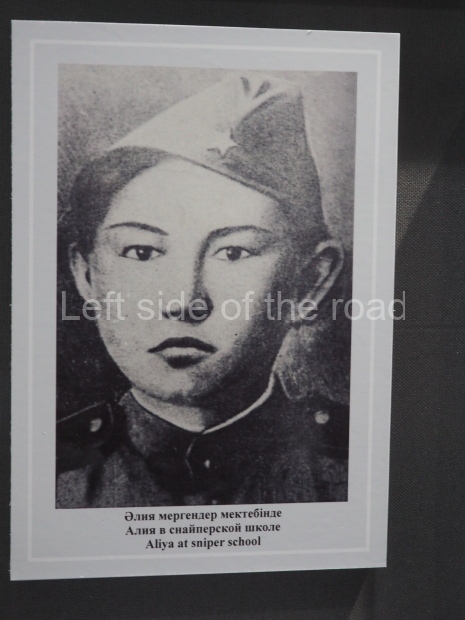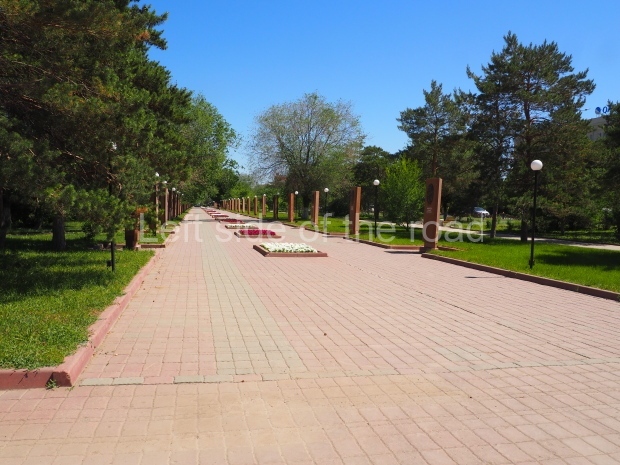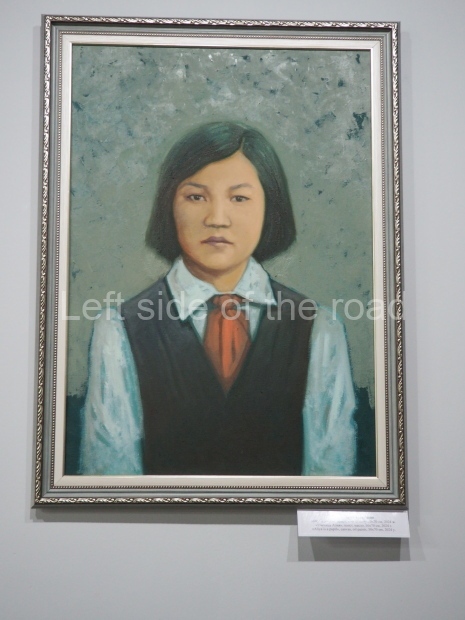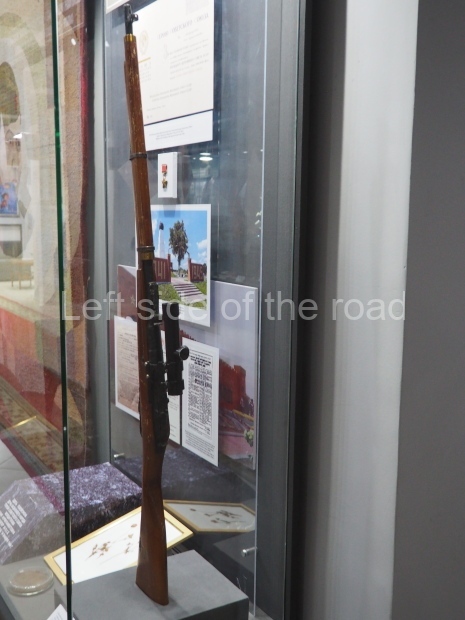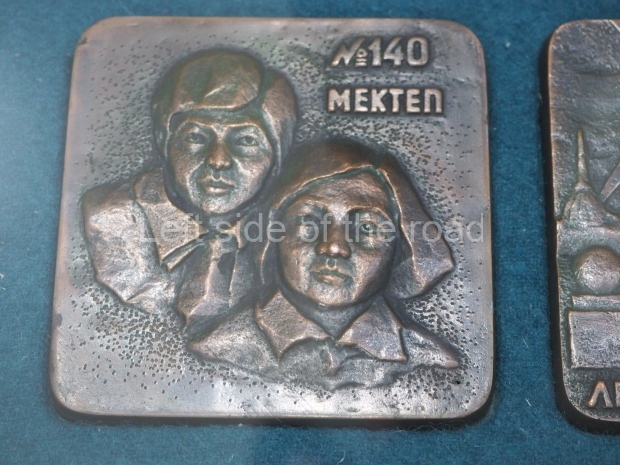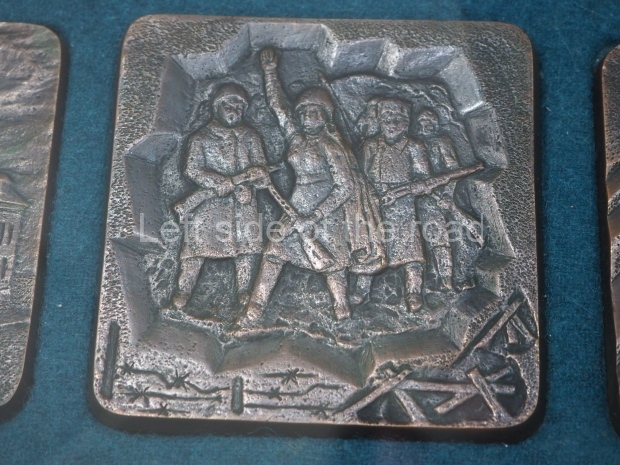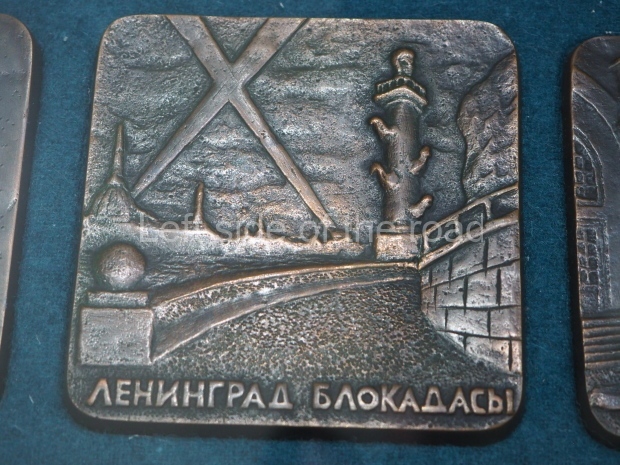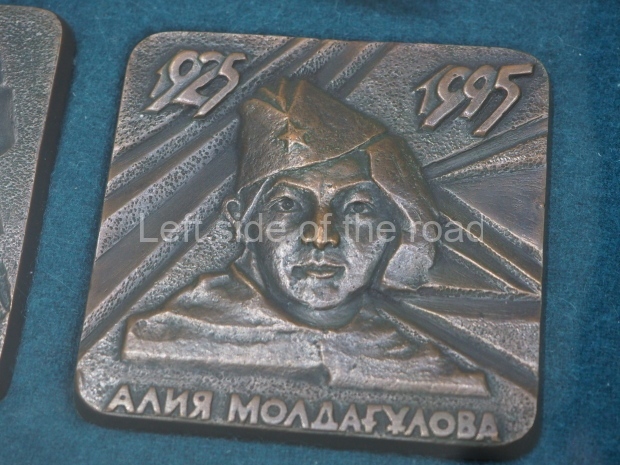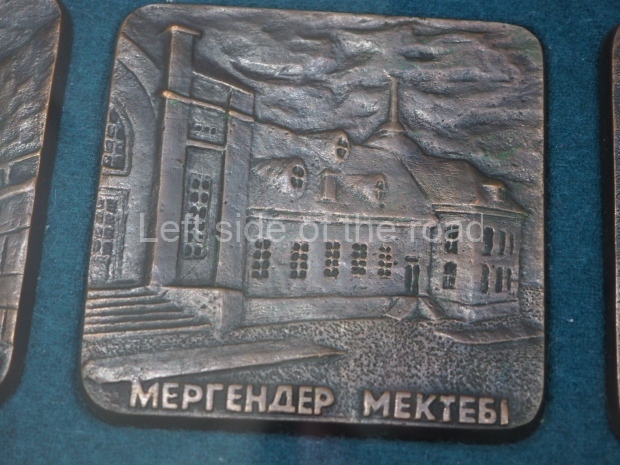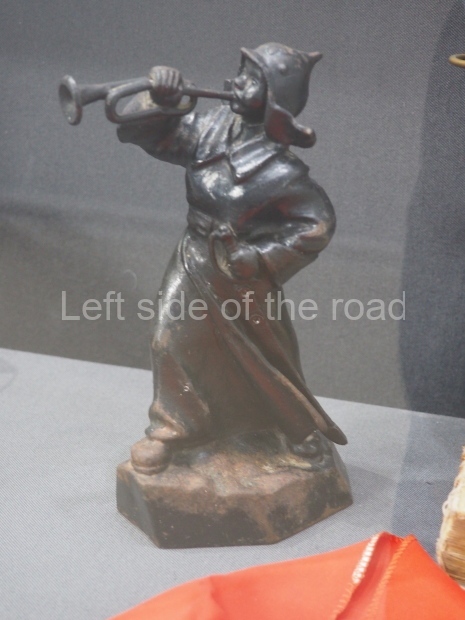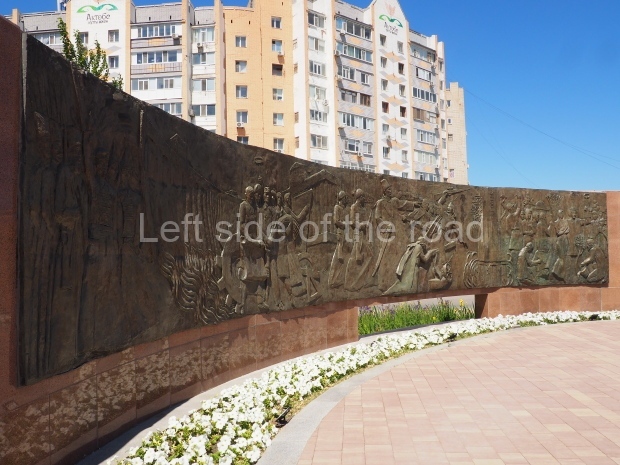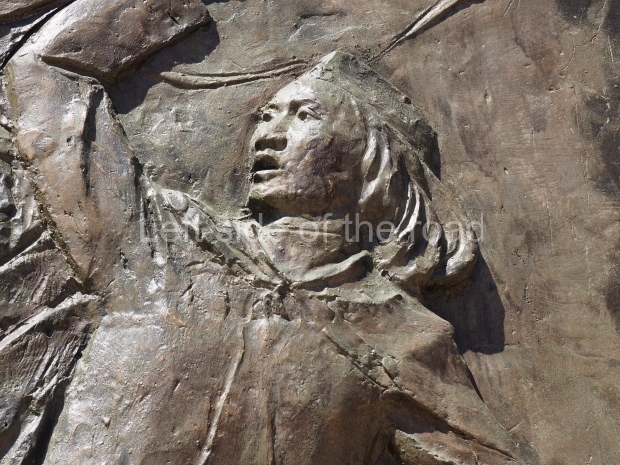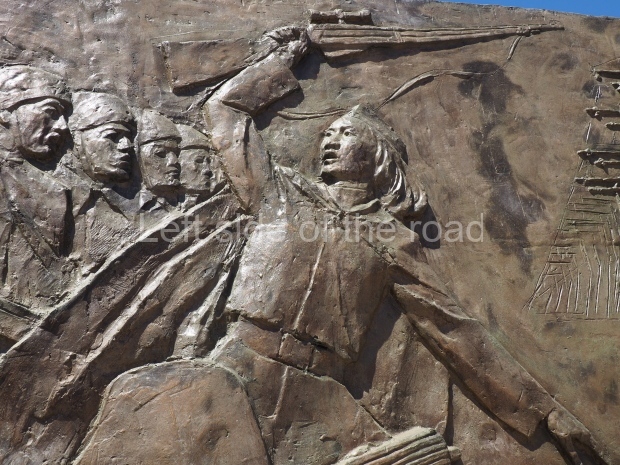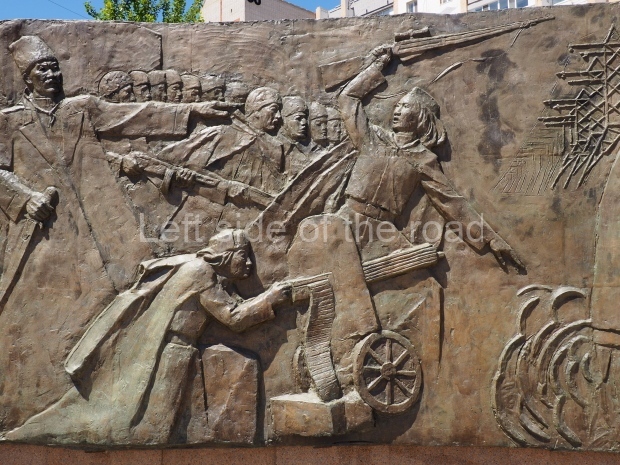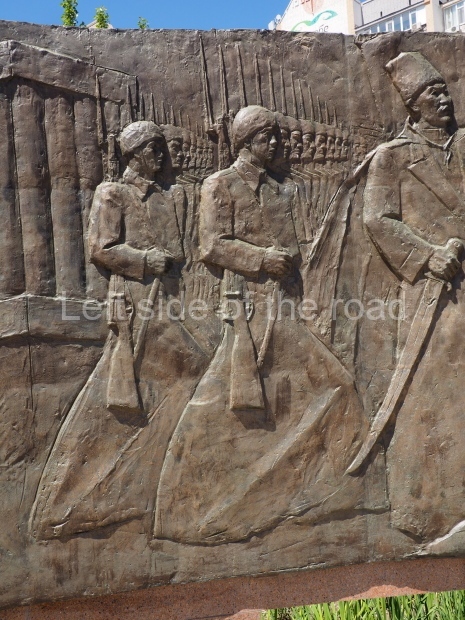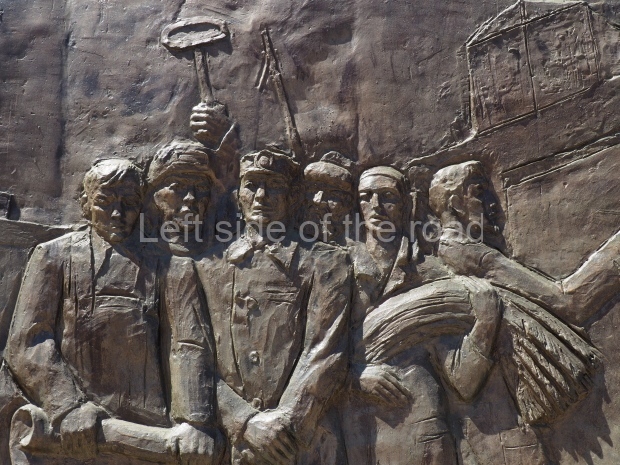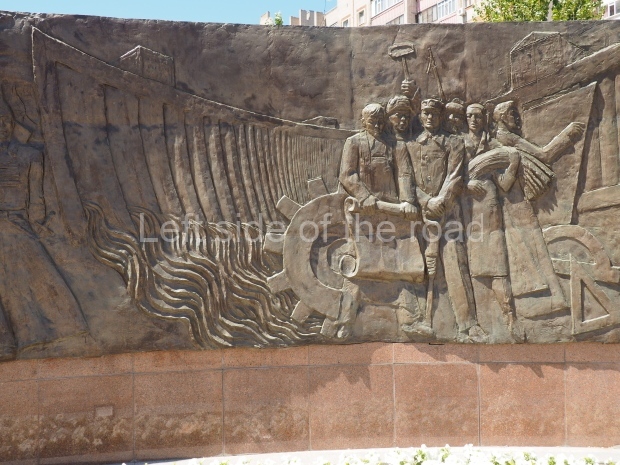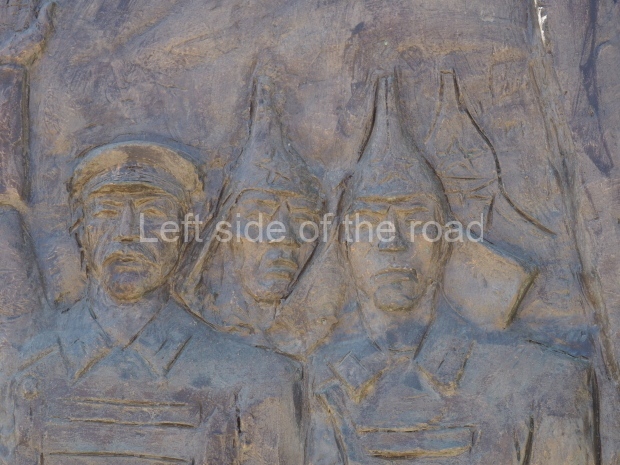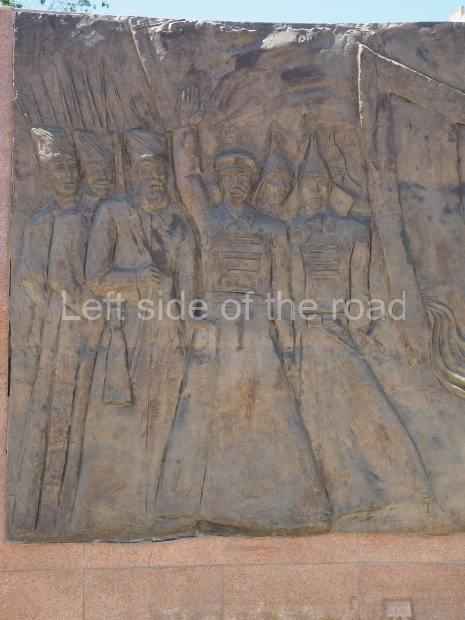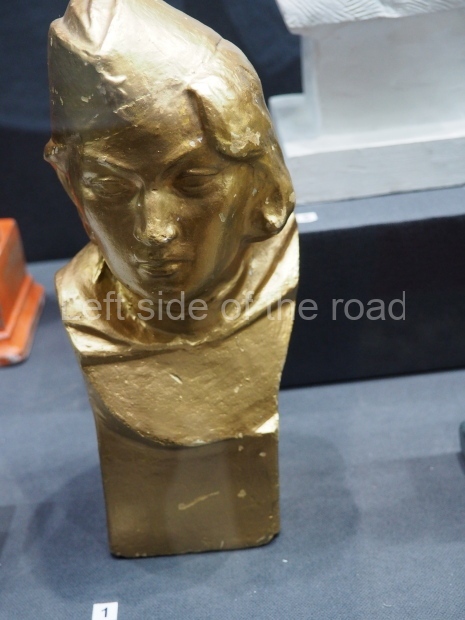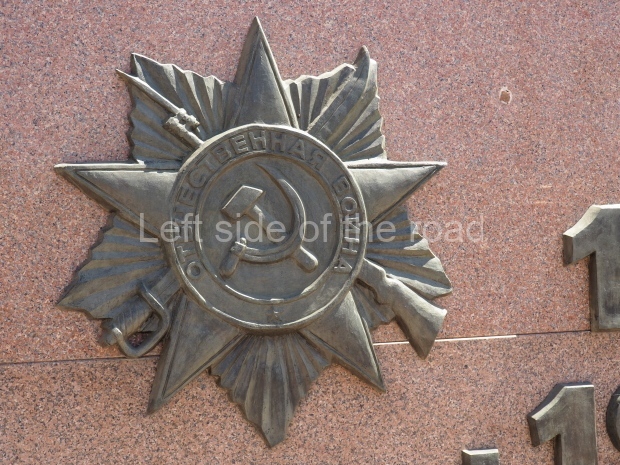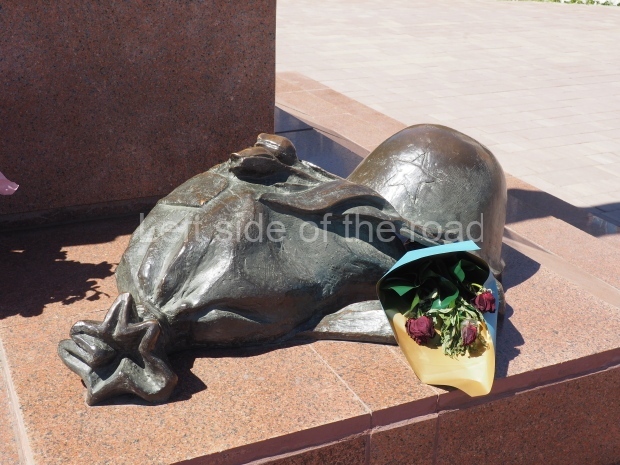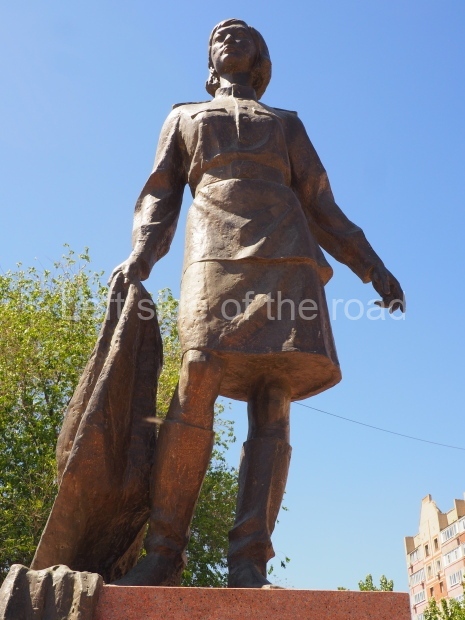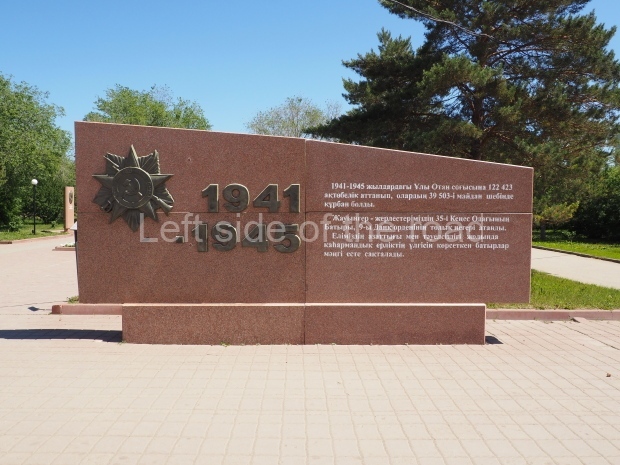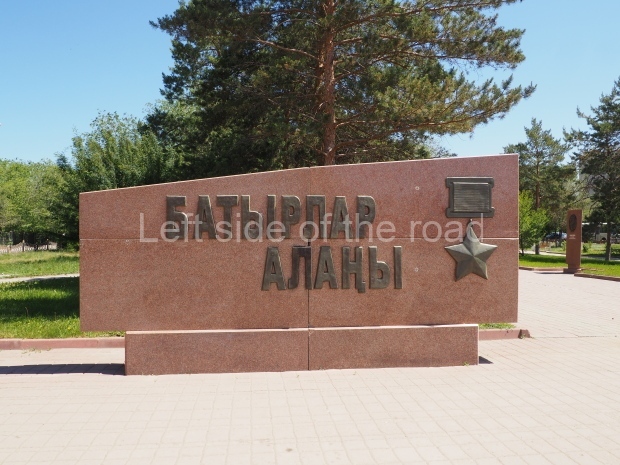Tashkent Metro – Uzbekistan
The Tashkent Metro was a relatively late addition to the Soviet Union’s mass transit system being the seventh to be completed in 1977. The system followed many of the conventions established since 1935 in Moscow; the design of the station platforms; the style (if not the content) of the decoration; the use of light to give the impression of not being underground; the use of the finest materials; and the method in moving people through the system as fast as possible. However, following the lead from the centre, which began with the Premiership of Khrushchev but continued after he was ousted, there was a general ‘depoliticisation’ of the decoration.
Although by 1977 Revisionism was well entrenched within the Communist Party of the Soviet Union in the newer metro stations in Moscow, for example, there was still some reference to the construction of Socialism, using images and motifs that had been part of Soviet culture since the 1920s – the image of the Hammer and Sickle, for example.
However, there was none of that in Tashkent. In fact, there’s barely a reference to the social system supposedly being constructed at the time. The Red Flags in the image at the top of this post are one of few such references and they stand out because they are so few. This would tend to reflect the anti-Communist views of the leadership of the local Communist Party and demonstrate the weakness of central control of the periphery.
The purge of the local Communist Parties in the 1930s are understandable at the time (although I have to admit I do not really know a great deal of the details) as in a part of the Soviet Union where there was little tradition of working class organisation it wouldn’t have been a surprise if the remnants of the feudal ruling class hadn’t been able to infiltrate the Communist Party leadership and manipulate it to their own personal ‘class’ advantage. Through the imagery in the metro it is possible to see how the replacement ‘leadership’ was as divorced from the ideology of Marxism-Leninism as the group they surplanted.
The themes represented in the various stations follow a traditional, folklore style. In place of drawing upon a new form of representation of the interests of the working class the artists commissioned to produce the art works in all the stations represented here took as their starting point traditions established during the feudal, pre-revolutionary period. Instead of creating images that could assist in the battle for the construction of Socialism the artists chosen to decorate the station harked back to feudal traditions and imagery, reinforcing the old social system, not the new. If there are any ‘new’ styles they tend to be in the more abstract images, especially in the imaginative use of metal.
The dominant material used in the decoration were ceramic tiles which were built up to create large images with rural themes dominating. Industry, which had been introduced to the predominantly agricultural society, appears only sporadically and briefly in the imagery.
The main reason for including these images is to allow viewers to compare and contrast the way the metro systems in the Soviet Union were seen during the different stages of its existence and the difference between the Revolutionary, Marxist-Leninist leadership (as represented in the decoration in the Moscow and Leningrad Metros) and the Counter-revolutionary, Revisionist leadership (represented in Tashkent) which eventually led the Soviet Union to its self-destruction.
There are also images included in the slide show below from some of the stations opened after so-called ‘independence’.
Location;
Various places in the city.
Access;
All the stations have staffed ticket offices and entry to the system costs 3,000 Uz Som (in the summer of 2025). With that ticket you can visit all the stations on the network as long as you don’t go out into the street.
